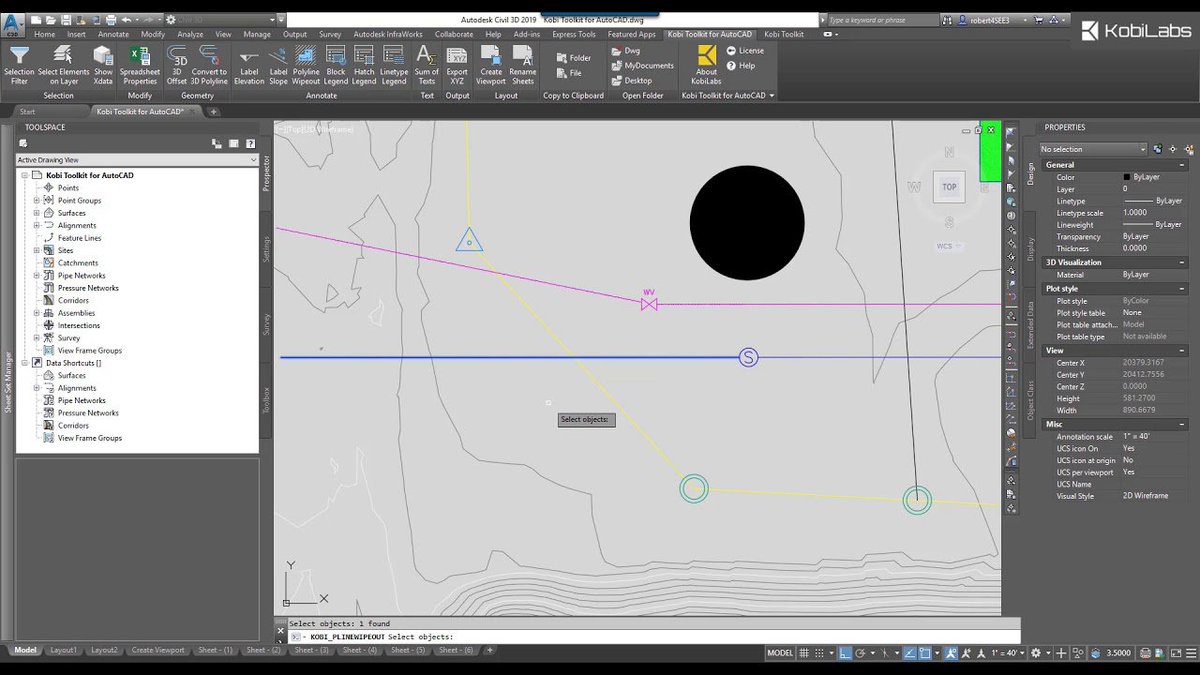

The key is to look and see which face is highlighted as you move your cursor on the screen. If you have a drawing like the basic building shown at the top of the page, you can draw a rectangle or box on the roof without manually setting a new UCS. With Dynamic UCS turned on, you can easily draw on any surface you want. Down on the status bar, you have an icon that turns this setting on or off.
DIFFERENTIATE BETWEEN UCS AND WCS IN AUTOCAD SERIES
This was a series where a view named VIEW1 was saved, restored, listed, and then deleted.Īnother option to try is using Dynamic UCS, but I don’t recommend this technique for new users. Origin/ZAxis/3point/OBject/View/X/Y/Z/Prev/Restore/Save/Del/?/: D Origin/ZAxis/3point/OBject/View/X/Y/Z/Prev/Restore/Save/Del/?/: ?

?/Name of UCS to restore: VIEW1 Command: UCS Origin/ZAxis/3point/OBject/View/X/Y/Z/Prev/Restore/Save/Del/?/: R Origin/ZAxis/3point/OBject/View/X/Y/Z/Prev/Restore/Save/Del/?/: S Here are examples of these options: Command: UCS You can then restore that named UCS or delete if you no longer will be using it. You have the option of saving a particular UCS with a name. The next options are used in conjunction with each other. You might need to change your UCS to draw one object, then go back to what you had it set at before. This option returns you to the last setting you had for the UCS. Origin/ZAxis/3point/OBject/View/X/Y/Z/Prev/Restore/Save/Del/?/: P This example shows how you would rotate the UCS -90 around the positive X axis. Origin/ZAxis/3point/OBject/View/X/Y/Z/Prev/Restore/Save/Del/?/: Xīy selecting either the X, Y or Z options, you need to first pick a point along the axis you have chosen, then provide a rotation angle based on the right hand rule mentioned earlier. Origin/ZAxis/3point/OBject/View/X/Y/Z/Prev/Restore/Save/Del/?/: Vīy choosing the view option, AutoCAD will automatically reset the UCS to be aligned with your current view, keeping the origin where it was previously located. This gets tricky, as you have to be aware how your positive X and Y axes end up. Using this method, you have to pick on a 2D object that is lying on a particular drawing plane. Origin/ZAxis/3point/OBject/View/X/Y/Z/Prev/Restore/Save/Del/?/: OB Make sure you type ZA to choose this option. First you pick the new origin, then you pick a point for the positive Z-Axis. This choice allows you to pick two points. Origin/ZAxis/3point/OBject/View/X/Y/Z/Prev/Restore/Save/Del/?/: ZA It does not shift the drawing plane at all as you only pick one point. This option moves the UCS based on a newly picked origin point. Origin/ZAxis/3point/OBject/View/X/Y/Z/Prev/Restore/Save/Del/?/: O Here are the other options of the UCS command. NOTE: Pressing enter immediately after entering the UCS command accepts the default of returning to the WCS. I would recommend using this method for most of your UCS work – or at least get very comfortable with it before moving on to other methods. You must also be extremely careful when picking the 3 points, or your plane can be shifted and cause some major problems. It is one of the most useful, because you control exactly where the new drawing plane will be. This is the ‘3-Point’ option of the UCS Command. Specify point on positive-Y portion of the UCS XY plane

Specify point on positive portion of X-axis : The last point is for the positive Y-Axis. The second point is where you want the positive X-axis to be positioned. Next you have to pick three points to define the plane. Here’s how it was changed: You first choose the 3 point option by typing 3 at the prompt. Notice that the positive X Axis is now pointing along side of the structure. Here is the same object shown a new UCS based on the side of the object, so that you are enabled to draw on the side of the building – maybe to put a door in? Note the direction that the X and Y axes are now pointing. This is a simple shape drawn on the WCS with one corner located at 0,0,0. There are several ways of doing this, and we’ll look at an example here. This is a ‘redirection’ of the WCS based on parameters set by the AutoCAD user. This is the way that the standard X,Y and Z axis are directed when you begin a new drawing (X to the right, Y pointing up and Z pointing towards you). It’s like taking a sheet of paper up off the floor (WCS) and taping it onto the wall (UCS).

For example, if you need to add some detail to the side of a wall, you would want to draw on that plane. When working in 3D, it sometimes necessary to change the plane that you are drawing on.


 0 kommentar(er)
0 kommentar(er)
